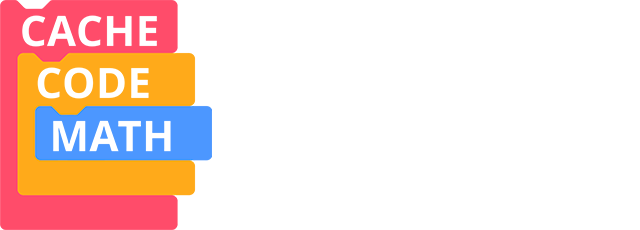Document Type
Article
Journal/Book Title/Conference
International Journal of Child-Computer Interaction
Publisher
Elsevier BV
Publication Date
2025
Journal Article Version
Accepted Manuscript
First Page
1
Last Page
38
Creative Commons License

This work is licensed under a Creative Commons Attribution-Noncommercial-No Derivative Works 4.0 License.
Abstract
This paper describes the design of Science, Technology, Engineering, and Mathematics (STEM) maker-related activities offered to middle school youth as part of a free, four-week summer camp. The camp was aimed at academically at-risk youth in a rural, tourism-oriented mountain community with significant income disparities. Guided by an educational model focused on enhancing youths’ present and future interests in and visions of STEM and computing fields, camp activities were collaboratively designed by a community partnership comprised of a local camp provider, the local school district, and researchers. Situating design in a community partnership helped highlight and integrate locally relevant resources, careers, and community opportunities. The paper also reports findings from a study examining how the STEM maker camp activities, which leveraged 3D modeling and printing practices, impacted youths’ perceptions of their disciplinary identity, engagement, and their present and future visions of the relevance of these STEM practices to themselves and their communities. The study also explores design tensions that emerged during the camp design process and identified barriers and opportunities that arose from balancing the needs of each partner, the research team’s focus on youth-centered learning, and the overall program goals.
Recommended Citation
S. Bhaduri, M. Recker, Q. Biddy et al., Community partnership design of a maker-related camp for underserved youth: Impacts on youths’ present and future learning trajectories. International Journal of Child-Computer Interaction (2025), doi: https://doi.org/10.1016/j.ijcci.2025.100723.



Comments
This work was supported by National Science Foundation Grant no. 2031382 and 2031404. Opinions, findings, or recommendations expressed in this paper are those of the authors and do not necessarily reflect the views of the funding agency. We thank the participating teachers and students.